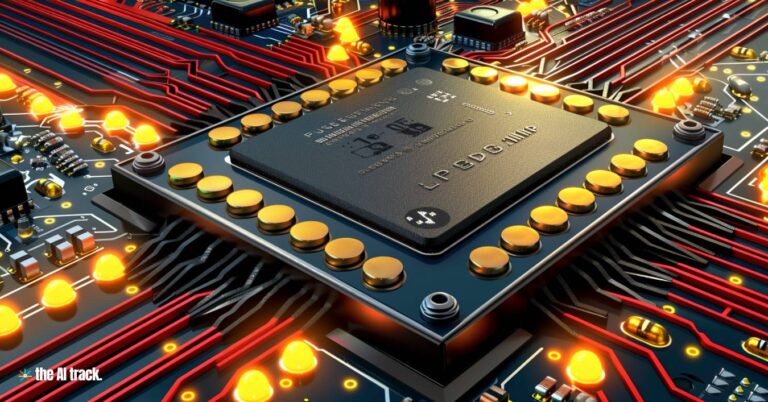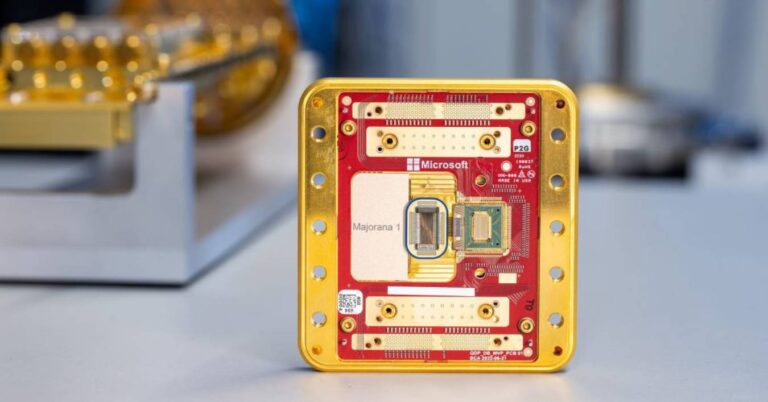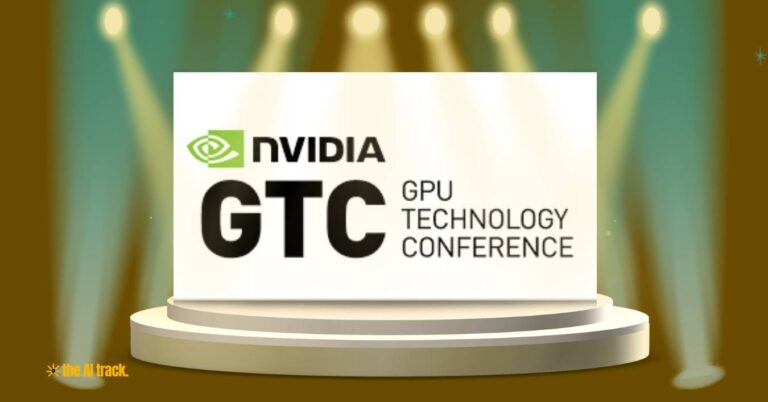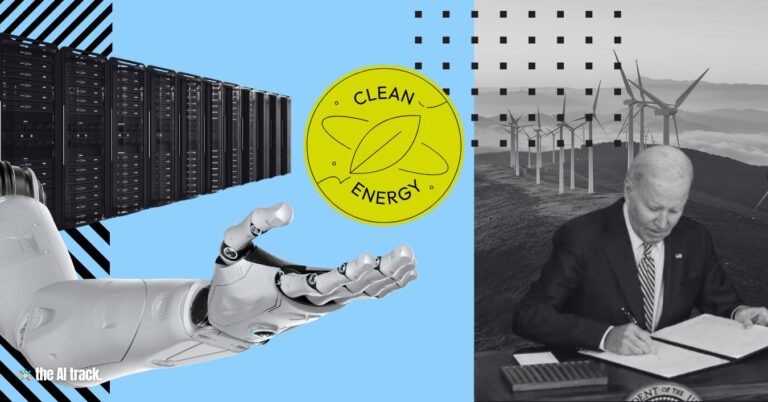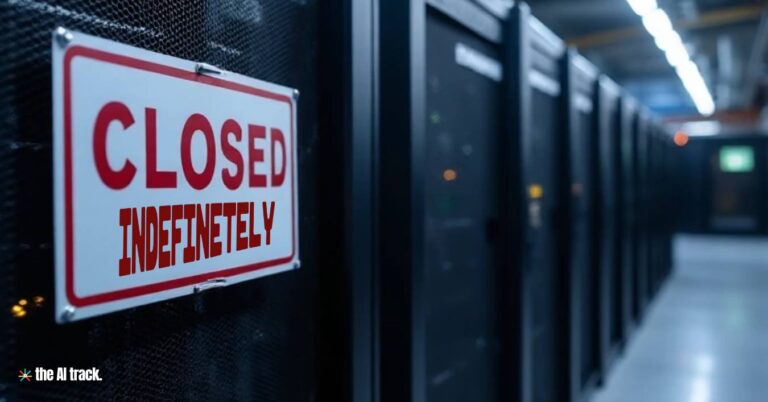Nvidia will mass-produce AI supercomputers and chips entirely in the U.S. for the first time, investing up to $500 billion over four years through a strategic manufacturing ecosystem involving TSMC, Foxconn, Wistron, Amkor, and SPIL. This historic shift—driven by rising demand, geopolitical pressures, and U.S. tariff policies—establishes Nvidia as a central force in domestic AI infrastructure and industrial resurgence.
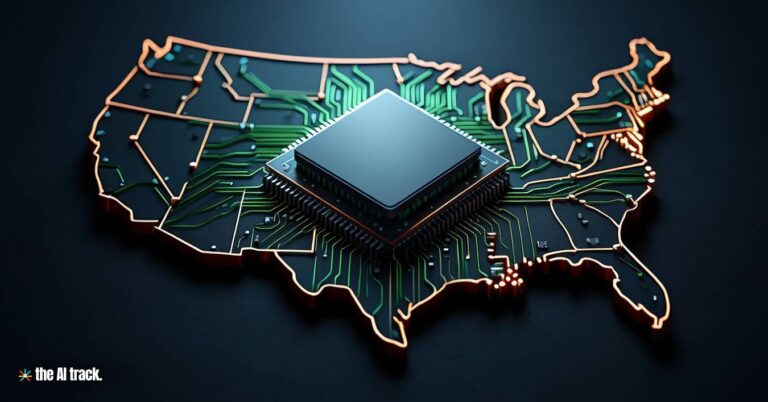
Nvidia to Mass Produce AI Supercomputers in the U.S. – Key Points
$500 Billion U.S. Investment Plan:
Nvidia will produce up to $500 billion worth of AI infrastructure in the U.S. through 2029. While some analysts see the figure as aspirational, it reflects Nvidia’s aggressive move to localize operations and lead the industrial AI boom from American soil.
Texas & Arizona Manufacturing Facilities:
Supercomputer production facilities are under construction in Houston (with Foxconn) and Dallas (with Wistron), expected to reach mass production within 12–15 months. Nvidia’s Blackwell AI chips are already in production at TSMC’s fabrication plant in Phoenix, Arizona.
Over 1 Million Square Feet of Manufacturing Space:
Nvidia and its partners have commissioned more than 1 million square feet of space across Arizona and Texas for advanced chip fabrication, supercomputer assembly, and testing infrastructure. Amkor and SPIL will handle packaging and testing in Arizona.
Gigawatt AI Factories & AI-Centric Data Centers:
Nvidia’s supercomputers will power a new class of data centers—AI factories—dedicated solely to artificial intelligence processing. Dozens of gigawatt-scale facilities are planned across the U.S., forming the computational backbone of next-gen AI systems.
Omniverse, Digital Twins & Isaac GR00T Robotics:
Nvidia will deploy its Omniverse platform to create digital twins of manufacturing sites and use its Isaac GR00T robotics to automate chip production. This enables real-time simulation, predictive maintenance, and scalable factory automation.
AI Supply Chain & Technology Integration:
The U.S.-based ecosystem combines chip design, high-end manufacturing, robotic automation, and packaging under Nvidia’s direct orchestration—establishing an end-to-end, vertically integrated AI hardware supply chain.
Tariff-Driven Strategy Shift:
Facing Trump administration tariffs—32% on Taiwanese goods and 145% on Chinese imports—Nvidia’s pivot to U.S. manufacturing reflects strategic alignment with national trade priorities. Although electronics like chips and smartphones received temporary tariff exemptions, semiconductor-specific levies are expected within months.
Political Influence and “Trump Effect”:
The White House labeled Nvidia’s announcement “the Trump Effect in action,” linking it to the administration’s broader campaign to revive American manufacturing. Trump personally credited the move to his trade policies and highlighted Nvidia’s role in a post-tariff tech revival.
CEO Vision and Infrastructure Focus:
Jensen Huang described Nvidia’s AI supercomputers as “the engines of the world’s AI infrastructure.” He emphasized the importance of domestic manufacturing to support surging global AI compute demand and ensure supply chain resilience.
Labor Market and Economic Impact:
The initiative is projected to create hundreds of thousands of jobs and drive trillions in long-term economic value, with economic growth clustered in key manufacturing regions like Arizona and Texas.
Parallel AI Infrastructure Investments:
Nvidia’s move aligns with a broader wave of U.S.-based AI investment, including the formation of Stargate—a $500 billion joint venture between OpenAI, Oracle, and SoftBank—tasked with building AI-focused data centers and energy infrastructure in Texas.
Tech Sector Competitive Signaling:
Apple similarly pledged a $500 billion U.S. investment earlier in 2025. Nvidia’s expansion adds competitive pressure to other tech leaders to localize operations and secure their AI supply chains against geopolitical disruption.
Strategic Industry Positioning:
With control over silicon design, data center hardware, digital twin simulation, and AI robotics, Nvidia is redefining its identity—from a chipmaker to a full-stack AI infrastructure company positioned at the center of national and industrial transformation.
Why This Matters:
Nvidia’s U.S. manufacturing expansion is a watershed moment in tech industrial policy. It reflects the fusion of private AI leadership and public geopolitical strategy in shaping the future of computing. By embedding AI-powered automation into every layer of its supply chain and anchoring production onshore, Nvidia is spearheading a new model of tech sovereignty, economic resilience, and scalable AI deployment. This move not only strengthens U.S. technological independence but also accelerates global competitiveness in the AI era.
All you need to know about the critical components of AI infrastructure, hardware, software, and networking, that are essential for supporting AI workloads.
Read a comprehensive monthly roundup of the latest AI news!

